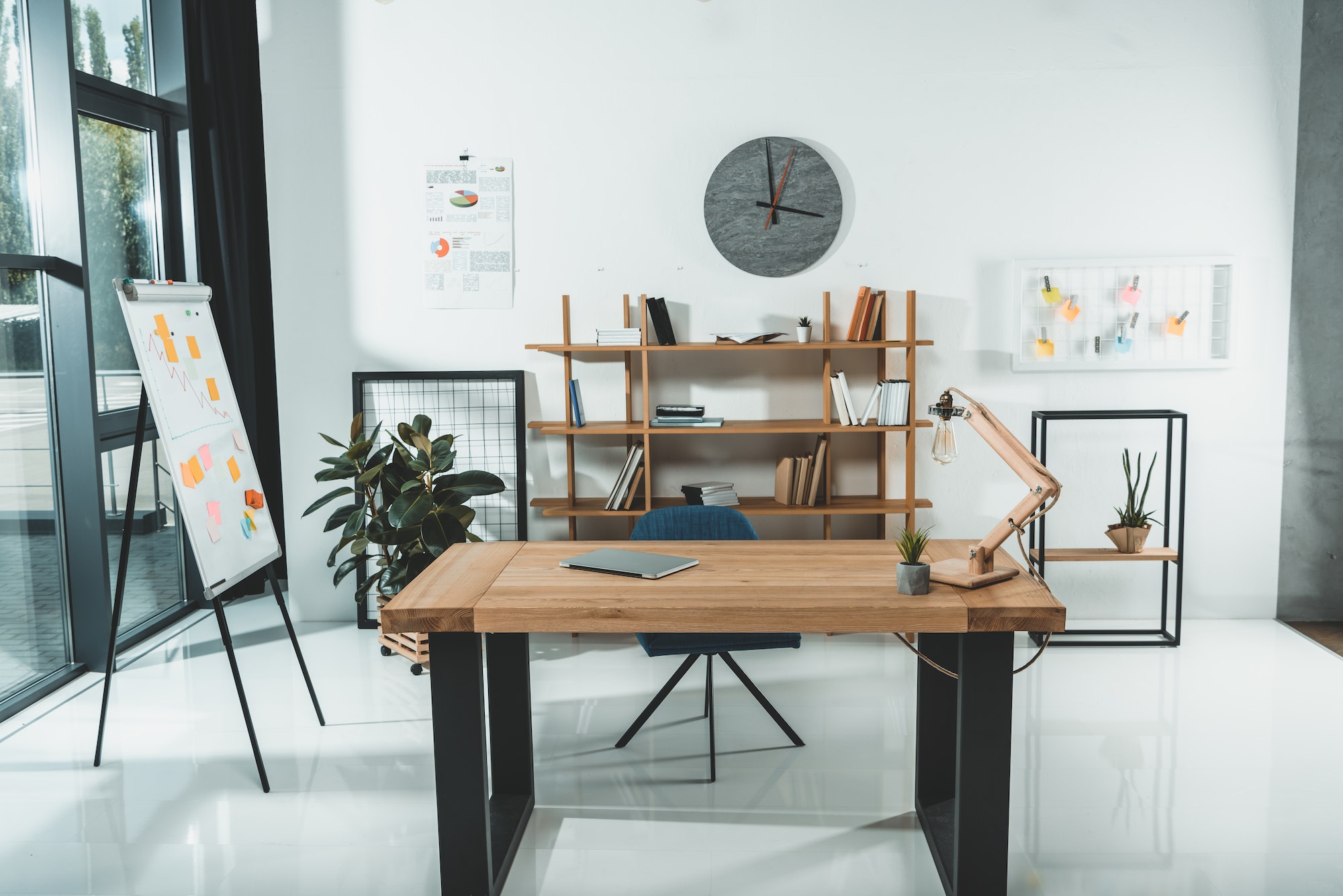As the world continues to face the challenges posed by climate change and resource depletion, there’s an increasing focus on sustainable development in various industries. The construction industry is no exception. Green construction is rapidly gaining ground as a means to reduce the environmental footprint of buildings, improve energy efficiency, and promote the use of eco-friendly materials.
In this article, we’ll explore 10 inspiring green construction trends that are shaping the future of sustainable architecture and design. From solar-powered buildings to innovative water management systems, these trends showcase the industry’s commitment to creating a more sustainable future for all.
1. Energy-Efficient Building Design
Energy efficiency has become a top priority for architects, engineers, and builders as they work to create more sustainable buildings. In fact, buildings account for nearly 40% of global energy consumption, making it essential to improve their energy performance.
One of the most popular approaches to enhancing energy efficiency is through passive building design. This involves optimizing a building’s orientation, insulation, windows, and ventilation systems to minimize energy loss and maximize natural heating, cooling, and lighting. The use of energy-efficient appliances and HVAC systems further contributes to reducing energy consumption, lowering utility bills, and decreasing greenhouse gas emissions.
2. Solar Energy Integration
Solar energy is emerging as one of the leading renewable energy sources for powering green buildings. With the declining cost of solar panels and advancements in photovoltaic technology, integrating solar power into building designs is more feasible than ever before.
From rooftop solar installations to solar facades and even solar-powered parking lots, there are countless ways to harness the sun’s energy for various building applications. These solar solutions not only reduce a building’s reliance on non-renewable energy sources but also contribute to the overall effort to reduce carbon emissions and combat climate change.
3. Green Building Materials
The use of sustainable building materials is another crucial aspect of green construction. This involves selecting materials that are eco-friendly, energy-efficient, and have low environmental impact during their production, transport, and disposal.
Examples of green building materials include recycled and reclaimed materials such as reclaimed wood, recycled metal, and recycled concrete. Additionally, the use of low-impact materials like bamboo, straw bales, and rammed earth can significantly reduce the carbon footprint of a building project. Builders are also increasingly turning to innovative, eco-friendly alternatives like bio-based insulation and environmentally-friendly concrete to further enhance sustainability.
4. Biophilic Design
Biophilic design is a powerful trend in green construction that seeks to reconnect humans with nature by incorporating natural elements into built environments. This design approach has been shown to improve health, well-being, and productivity while also enhancing the overall sustainability of a building.
Incorporating biophilic design elements can be as simple as using natural materials, adding green walls and vertical gardens, or creating indoor-outdoor living spaces that foster a connection with the natural world. By integrating nature into building design, biophilic architecture contributes to the creation of healthier, more sustainable spaces.
5. Water Conservation and Management
Water scarcity is a global concern, and the construction industry has a significant role to play in promoting water conservation and efficient use. Green building trends are increasingly focusing on innovative water management solutions that help reduce water waste and ensure that buildings are more water-efficient.
Some of the top water management strategies include the installation of low-flow fixtures, rainwater harvesting systems, greywater recycling, and smart irrigation systems. By employing these methods, green buildings can significantly reduce their water consumption, benefiting not only the environment but also the building occupants and the wider community.
6. Zero Waste Construction
The construction industry produces a massive amount of waste, contributing to environmental pollution and resource depletion. As such, zero waste construction has emerged as a crucial green building trend aimed at reducing waste generation and promoting the reuse and recycling of materials.
From adopting modular construction methods to employing design for disassembly techniques, there are numerous ways builders can minimize waste production during the construction process. Furthermore, by using recycled materials, builders can cut down on raw material extraction and the environmental impact associated with it.
With these inspiring green construction trends, the future of sustainable building looks promising. By embracing these innovative practices and materials, the construction industry can make significant strides towards creating a more environmentally friendly, energy-efficient, and sustainable built environment for generations to come.
7. Green Roofs and Walls
One of the most visually striking trends in sustainable construction is the implementation of green roofs and walls. These living systems not only add an aesthetic appeal to buildings but also offer numerous environmental and economic benefits. Green roofs and walls can help reduce the urban heat island effect, improve air quality, and enhance biodiversity in urban settings.
By absorbing rainwater, green roofs and walls can also help manage stormwater runoff, thereby reducing the strain on urban drainage systems. Moreover, they offer excellent insulation properties, contributing to energy efficiency by reducing heating and cooling requirements. As green building practices continue to evolve, we can expect to see more buildings incorporating green roofs and green walls in their design.
8. Smart Buildings and IoT Integration
The integration of smart building technologies and the Internet of Things (IoT) is transforming the way we design, construct, and manage buildings. By incorporating sensors, control systems, and data analysis tools, smart buildings can monitor and optimize their energy consumption, water usage, and indoor air quality, ultimately improving overall performance and sustainability.
The use of IoT-enabled devices in green buildings allows for better management of resources, ensuring that lighting, heating, and cooling systems are only used when necessary, and at optimal efficiency. Real-time data collection and analysis can also help building managers identify areas for improvement, driving continuous advancements in sustainable construction and building operation.
As our understanding of the importance of sustainable development grows, so too does the commitment to adopting eco-friendly practices in the construction industry. The integration of energy-efficient designs, renewable energy, sustainable building materials, and innovative technologies are shaping the future of green construction.
By embracing these inspiring trends, architects, builders, and developers can make significant strides towards creating more sustainable buildings that not only minimize their environmental impact but also improve the health and well-being of occupants. As a result, we can look forward to a future where our built environment actively supports our ongoing efforts to combat climate change and foster a more sustainable world for all.

